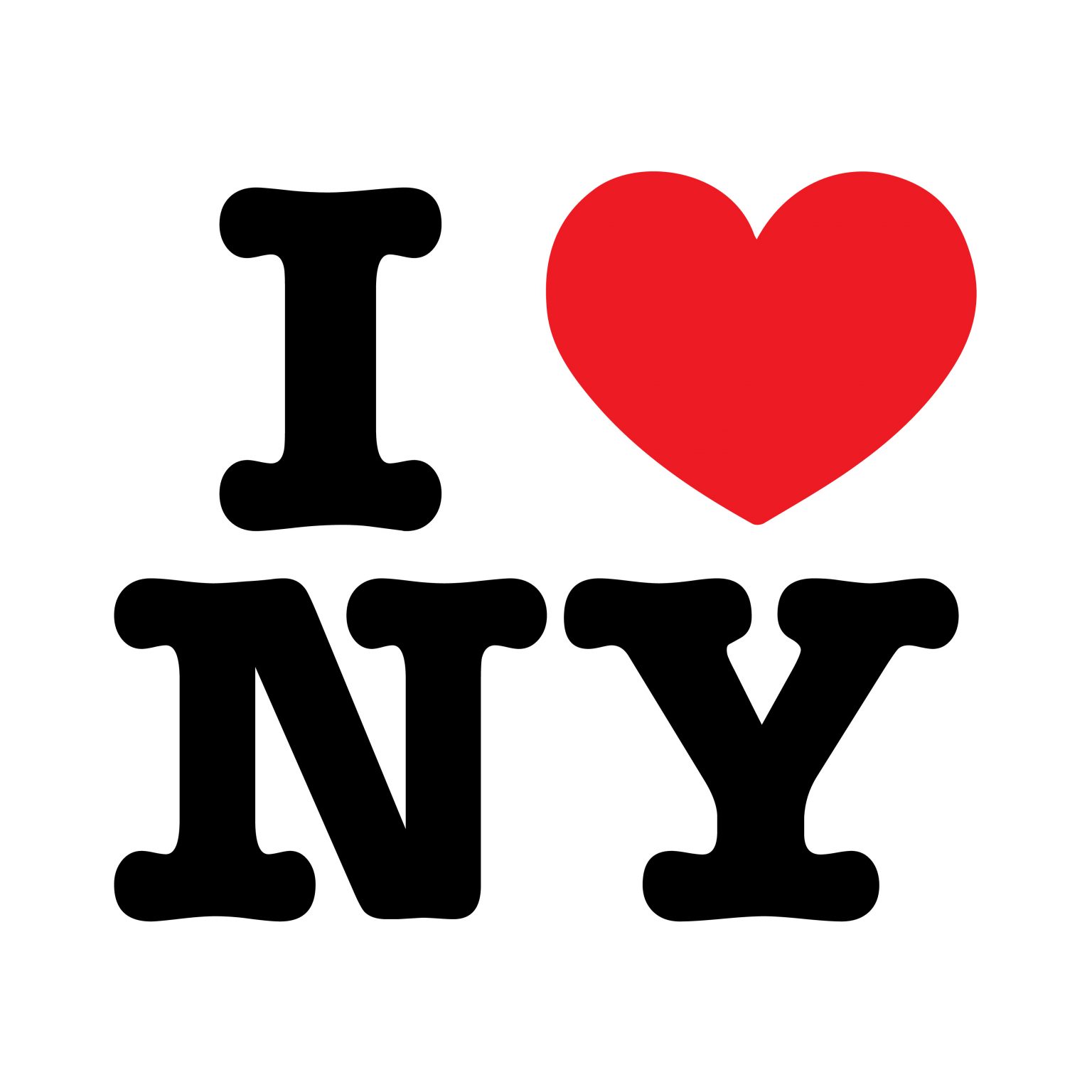By John Blyth, Marketing and Communications Manager, Ricoh Graphic Communications, Ricoh Europe
While overseeing the preparation and production of hundreds, or even thousands, of print jobs a day, it is natural to give each separate printed item that goes through your workflow only the scarcest of glances.
And yet, a moment’s pause can reveal so much.
If your clients are your business’s life blood, and knowing them well is key to the health of those relationships, then seeking insights into their marketing and communications strategies could be highly rewarding.
Time would be well spent taking a closer look at their direct mail pieces, brochures, leaflets, and catalogues.
A new level of appreciation is made possible by this attention to detail combined with insights from the fascinating world of semiotics – a branch of science that shows us how the interpretation of signs and symbols helps decipher the subconscious perceptions and emotions that drive purchases.
Our subconscious interpretations depend on emotion not information. And using the right signs or symbols to trigger the buying impulse is a powerful technique used by switched-on marketers.
A classic example of semiotics in the field of marketing is the heart shape in the 1970s “I love NY” sign. It shows how a small concept ie a heart symbol can signify, or represent, a larger one: visiting and loving New York. Decades later it is a phrase that continues to be used in its original form while also being adopted worldwide.
The Apple icon is another great example. It’s an apple with a bite taken out of it. But it represents so much more than that. It’s a symbol that implies progressive, cutting edge technology. Attributes which can be transmitted to the buyer who then sees themselves becoming hi tech, progressive and on trend too.
Brand logos, like other signs and symbols, are a powerful and economical way to convey qualities and attributes, drawing consumers and corporate buyers toward them. Think the Nike swoosh and the yellow McDonalds M and everything they evoke in our minds.
Symbolism is all important to semiotics. And symbols are used widely in marketing and advertising.
Images of beautiful people, wide open landscapes, gold and silver objects, and fast cars are all freighted with meaning. Quickly summoning the ideas of success, freedom, luxury.
Such symbolic images are a kind of visual shorthand that trade on the system we collectively use for making sense of the stream of images we receive every day from marketing and cultural sources.
So, take a closer look at the marketing material you are printing. What is your client communicating? Explicitly through the copy, and implicitly through the signs and symbols designed to tap into a deeper, almost subliminal level of consciousness. You will in fact be using semiotics yourself, to delve deeper into your clients’ marketing messages and aims.
www.ricoh-europe.com
